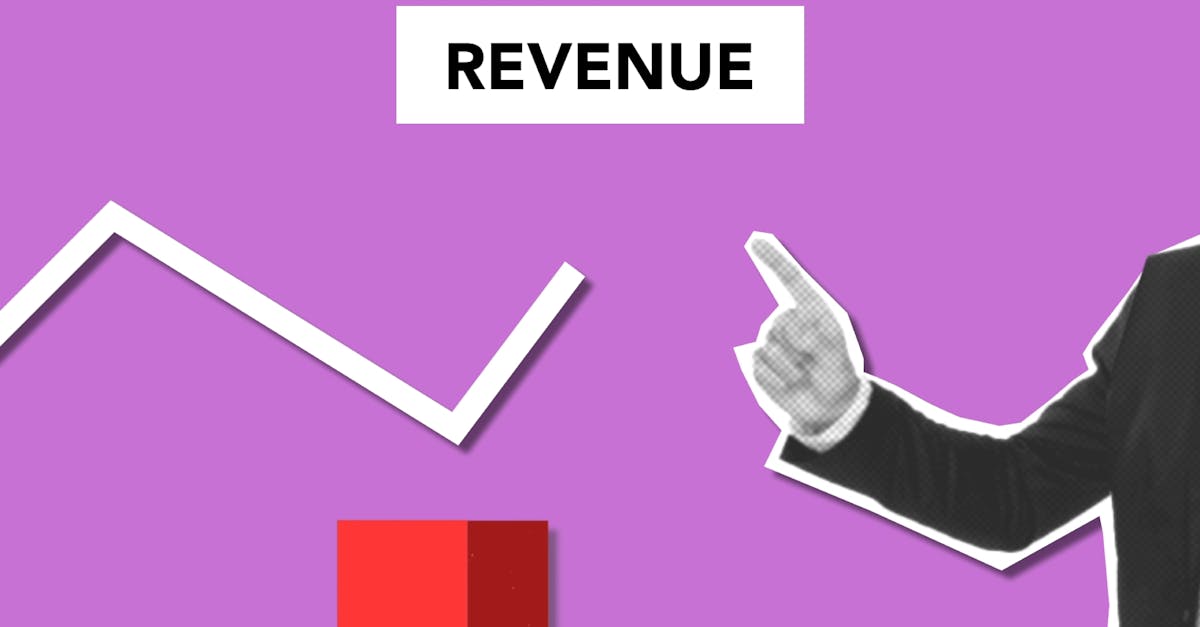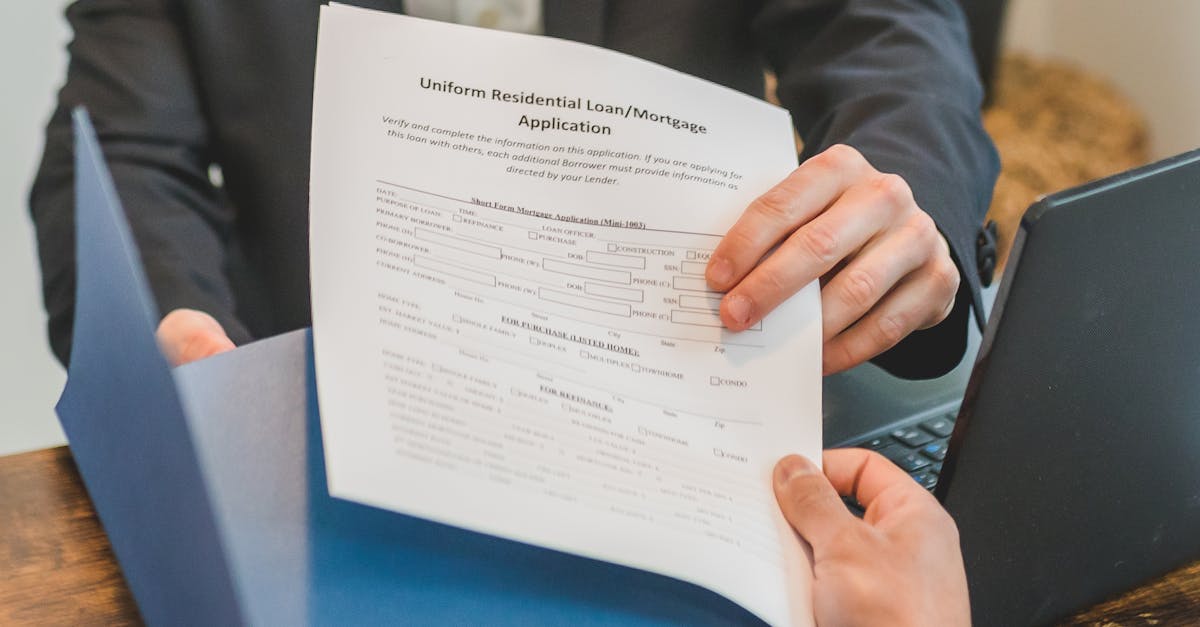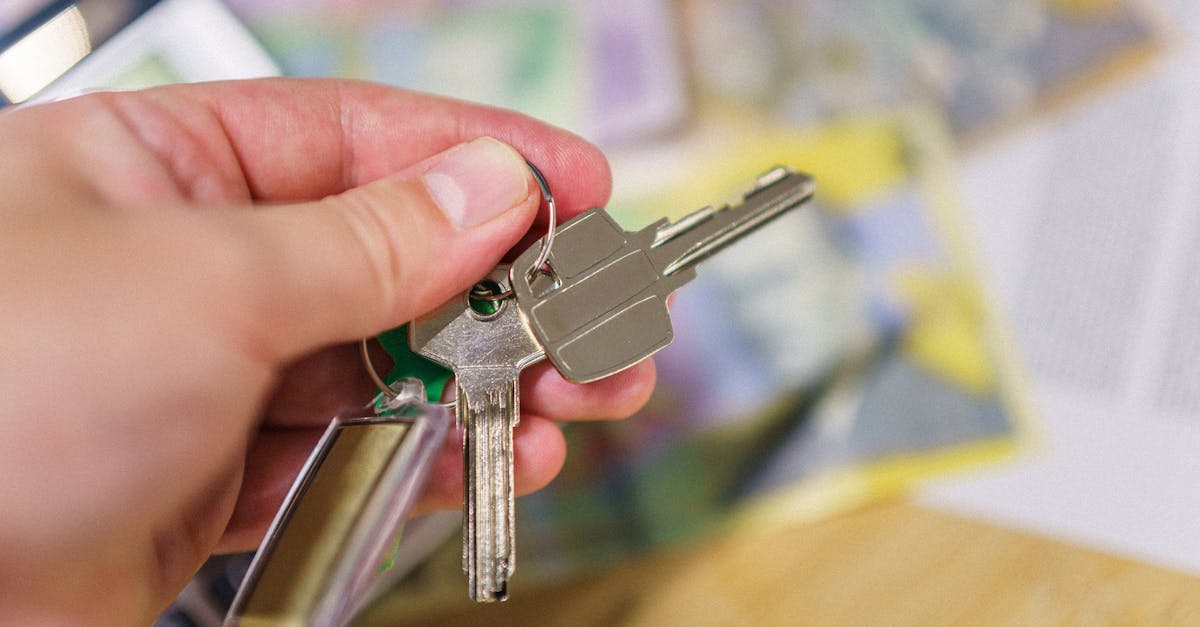Practical Tips for Saving Money in 2024
Introduction
In 2024, achieving financial stability while building a secure future has become a top priority for individuals and families alike. With rising living costs, economic uncertainties, and the ever-present need to prepare for the unexpected, saving money is more important than ever. However, saving doesn’t have to mean sacrificing life’s necessities or living a life of deprivation. By adopting a few strategic and practical habits, you can enhance your financial well-being and work toward your long-term goals. This article provides a comprehensive guide to saving money effectively, offering actionable tips to help you navigate your financial journey with confidence and success.
Advertisement
Understand Your Financial Goals
Before diving into saving strategies, it’s essential to identify and define your financial goals. Whether you’re saving for a down payment on a house, building an emergency fund, planning for retirement, or investing in further education, having clear objectives provides direction and motivation. Start by asking yourself:
What are my short-term and long-term financial goals?
How much money do I need to achieve these goals?
What timeline am I working with?
Once you’ve established your goals, break them down into smaller, actionable steps. For example, if your goal is to save $10,000 for an emergency fund in two years, calculate how much you need to save each month to reach that target. Revisit and adjust your goals periodically to ensure they remain aligned with your evolving life circumstances and priorities.

Advertisement
Embrace Budgeting Tips
Embrace Budgeting Tips: Taking Control of Your Finances
Budgeting is one of the most powerful tools for managing your finances and achieving your savings goals. A well-structured budget helps you track your income and expenses, identify areas where you can cut back, and allocate funds toward your priorities. Here’s how to get started:
Track Your Spending: Use budgeting apps, spreadsheets, or even a simple notebook to record all your income and expenses. Categorize your spending (e.g., housing, groceries, entertainment) to understand where your money is going.
Set Spending Limits: Based on your income and financial goals, set limits for each spending category. Be realistic but disciplined in sticking to these limits.
Review Regularly: Regularly review your budget to ensure you’re on track. Adjust as needed to accommodate changes in income, expenses, or goals.
By consistently monitoring and managing your budget, you’ll gain greater control over your finances and make informed decisions that support your saving objectives.
Advertisement
Harness the Power of Automatic Savings
One of the most effective ways to build savings is by automating the process. Setting up an automatic savings plan ensures that a portion of your income is transferred directly into a savings account before you have a chance to spend it. This “pay yourself first” approach eliminates the temptation to skip savings contributions and helps you develop a consistent saving habit.
Consider opening a high-yield savings account, which offers higher interest rates than traditional savings accounts, allowing your money to grow faster. Over time, even small, regular contributions can accumulate into a substantial sum, providing a solid financial foundation for your future.
Advertisement
Maximize Cashback Offers and Rewards
Cashback offers and rewards programs are excellent tools for saving money on everyday purchases. Many credit cards, online platforms, and retailers offer cashback, discounts, or points for spending on essentials like groceries, gas, and utilities. To make the most of these programs:
Choose the Right Credit Card: Select a credit card that offers cashback or rewards on categories you frequently spend in, such as dining, travel, or groceries.
Use Coupons and Discount Codes: Before making a purchase, search for coupons or discount codes online. Many websites and browser extensions can help you find deals effortlessly.
Combine Offers: Stack cashback offers with sales or discounts to maximize your savings.
By leveraging these opportunities, you can reduce your monthly expenses and redirect the savings toward your financial goals.
Advertisement
Explore Frugal Living Practices
Frugal living is about making intentional and mindful spending choices, not depriving yourself of enjoyment. By adopting a few frugal habits, you can save significantly without compromising your quality of life. Here are some ideas:
Cook at Home: Preparing meals at home is often healthier and more cost-effective than dining out. Plan your meals, buy groceries in bulk, and experiment with new recipes to keep things interesting.
Shop Second-Hand: Thrift stores, consignment shops, and online marketplaces are great places to find gently used clothing, furniture, and household items at a fraction of the cost.
DIY Projects: Instead of hiring professionals for minor repairs or home improvements, try tackling small projects yourself. There are countless tutorials and resources available online to guide you.
These small changes can add up to substantial savings over time, helping you achieve your financial goals faster.
Advertisement
Reduce Expenses Effectively
Regularly reviewing and reducing your expenses is a key component of successful saving. Start by identifying areas where you can cut back without significantly impacting your lifestyle. Here are some strategies:
Audit Subscriptions: Review your monthly subscriptions (e.g., streaming services, gym memberships) and cancel those you no longer use or need.
Save on Utilities: Reduce energy costs by using energy-efficient appliances, turning off lights when not in use, and adjusting your thermostat.
Shop Around: Compare prices for insurance, internet, and phone plans to ensure you’re getting the best deal. Switching providers or negotiating with your current provider can lead to significant savings.
By continuously seeking ways to reduce expenses, you can free up more money to put toward your savings goals.

Advertisement
Build an Emergency Fund
An emergency fund is a crucial component of financial security. It provides a cushion for unexpected expenses, such as medical bills, car repairs, or job loss, preventing you from dipping into your savings or going into debt. Aim to save at least three to six months’ worth of living expenses in an easily accessible account.
Start small by setting aside a portion of your income each month, and gradually build your fund over time. Having an emergency fund not only protects your financial progress but also provides peace of mind, knowing you’re prepared for life’s uncertainties.
Advertisement
Enhance Your Financial Literacy
Financial literacy is the key to making informed decisions and optimizing your savings and growth strategies. Take the time to educate yourself about personal finance topics, such as investing, insurance, and tax planning. Here are some ways to enhance your financial knowledge:
Read Books and Articles: There are countless books, blogs, and articles on personal finance that can provide valuable insights and tips.
Take Online Courses: Many platforms offer free or affordable courses on budgeting, investing, and financial planning.
Seek Professional Advice: Consider consulting a financial advisor for personalized guidance and strategies tailored to your unique situation.
By expanding your financial literacy, you’ll be better equipped to manage your money effectively and make decisions that support your long-term goals.

Advertisement
Conclusion
In 2024, achieving financial stability and building a secure future is within reach for anyone willing to adopt disciplined and strategic saving habits. By setting clear financial goals, embracing budgeting, automating savings, maximizing rewards, and making mindful spending choices, you can pave the way to financial success. Additionally, building an emergency fund and enhancing your financial literacy will further strengthen your financial foundation.
Remember, saving money is not about deprivation—it’s about making intentional choices that align with your priorities and values. With a proactive and disciplined approach, you can transform 2024 into a year of financial empowerment, growth, and security. Start today, and take the first step toward a brighter financial future.

Advertisement








